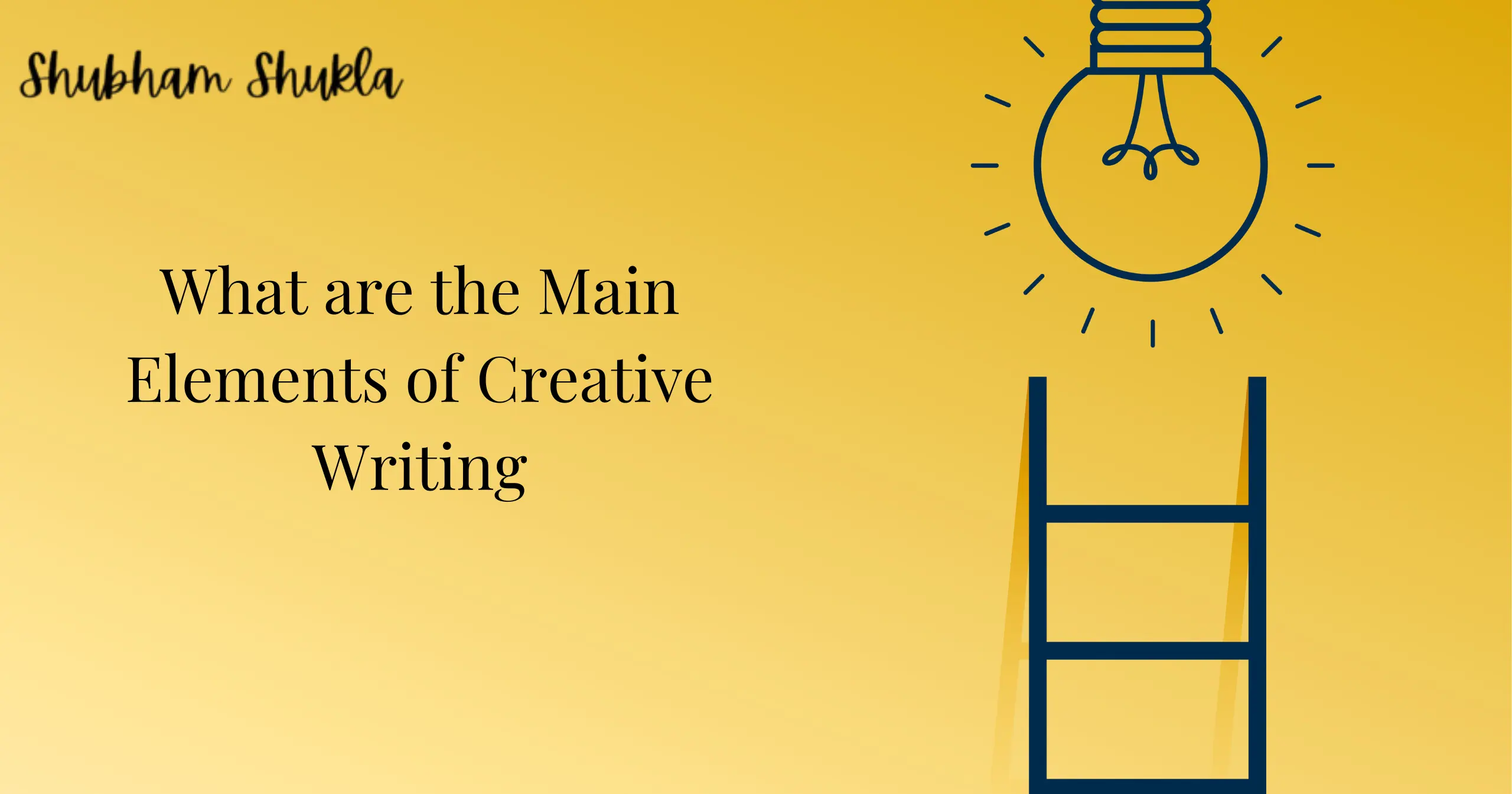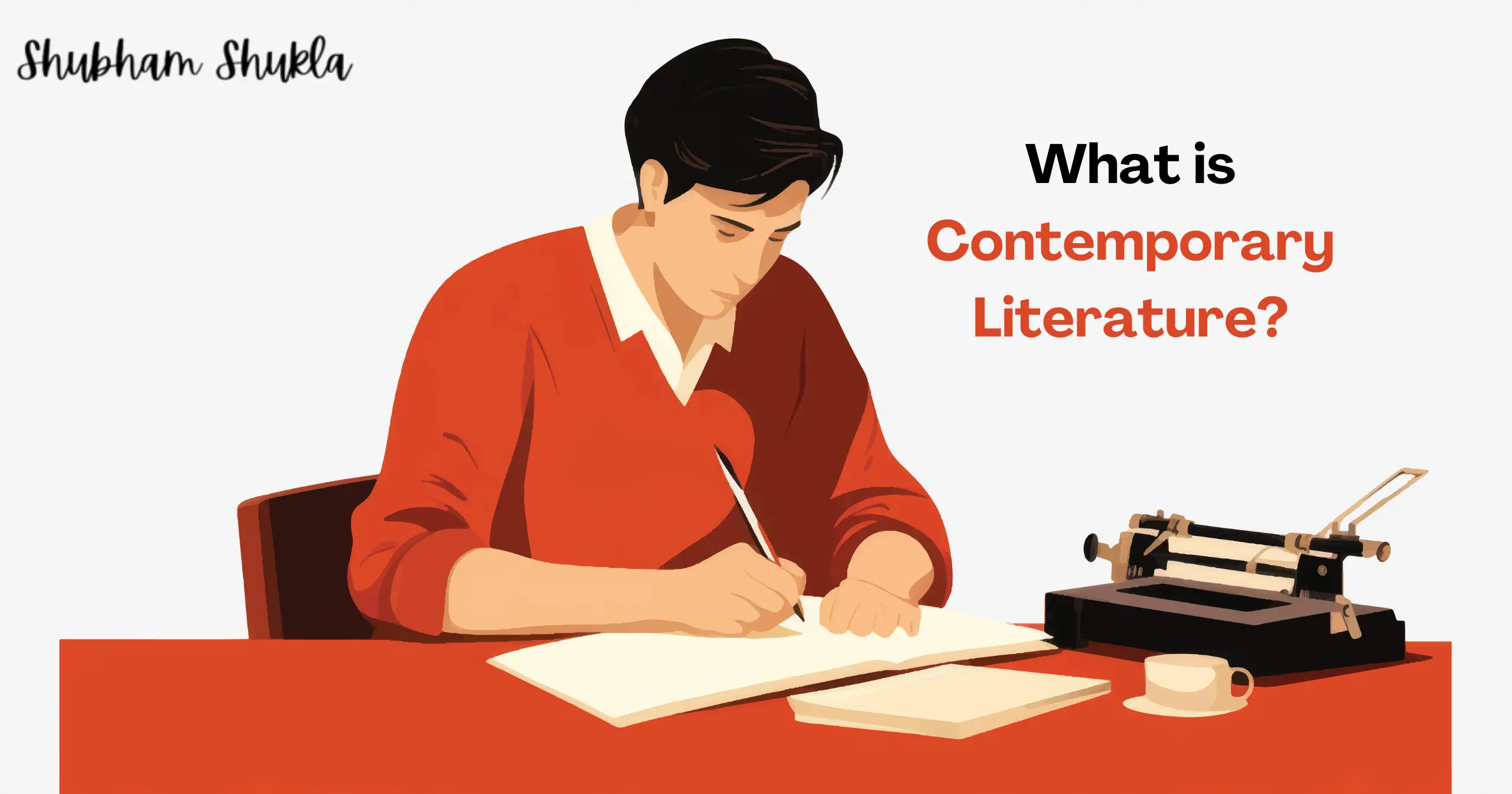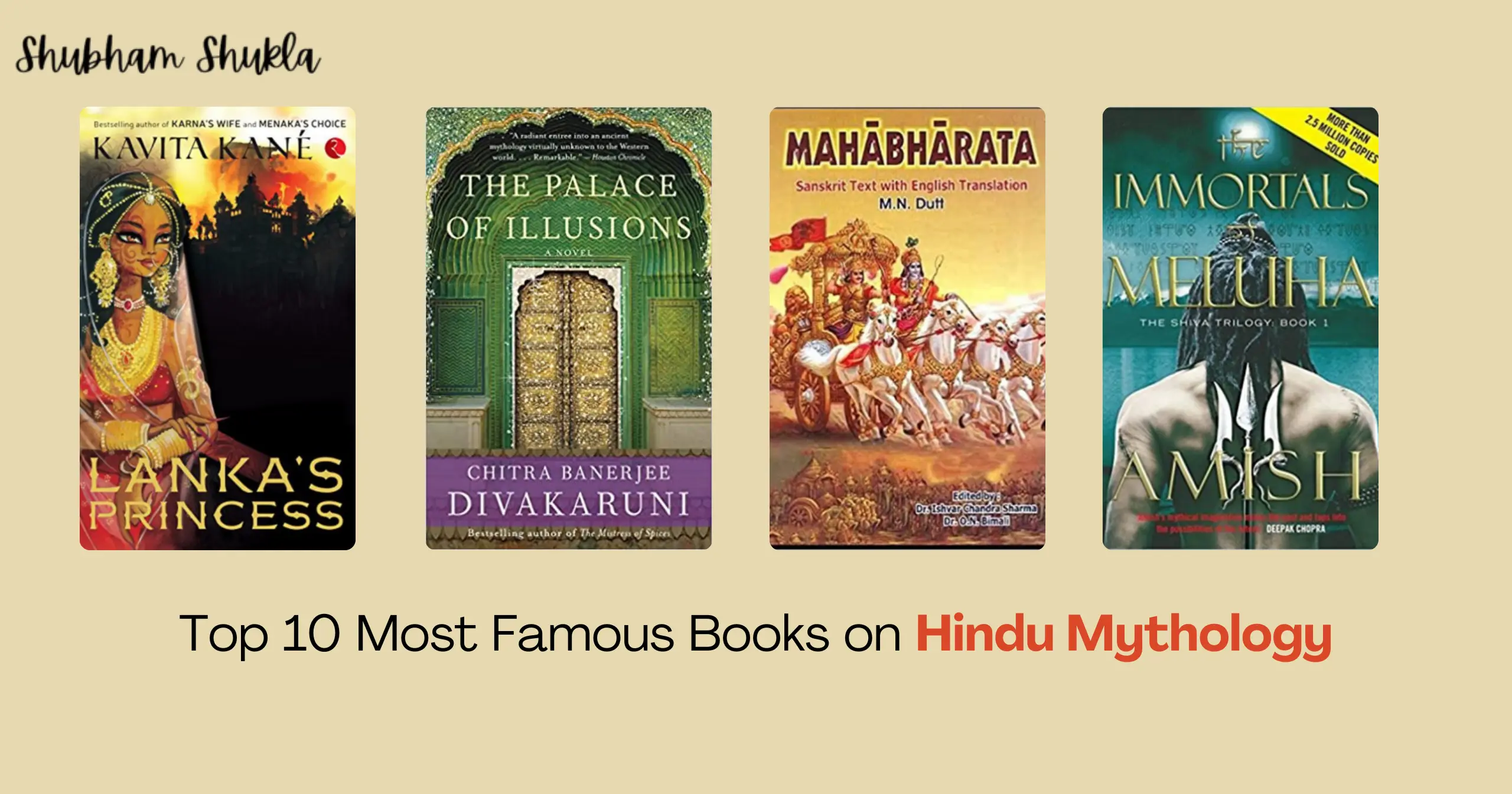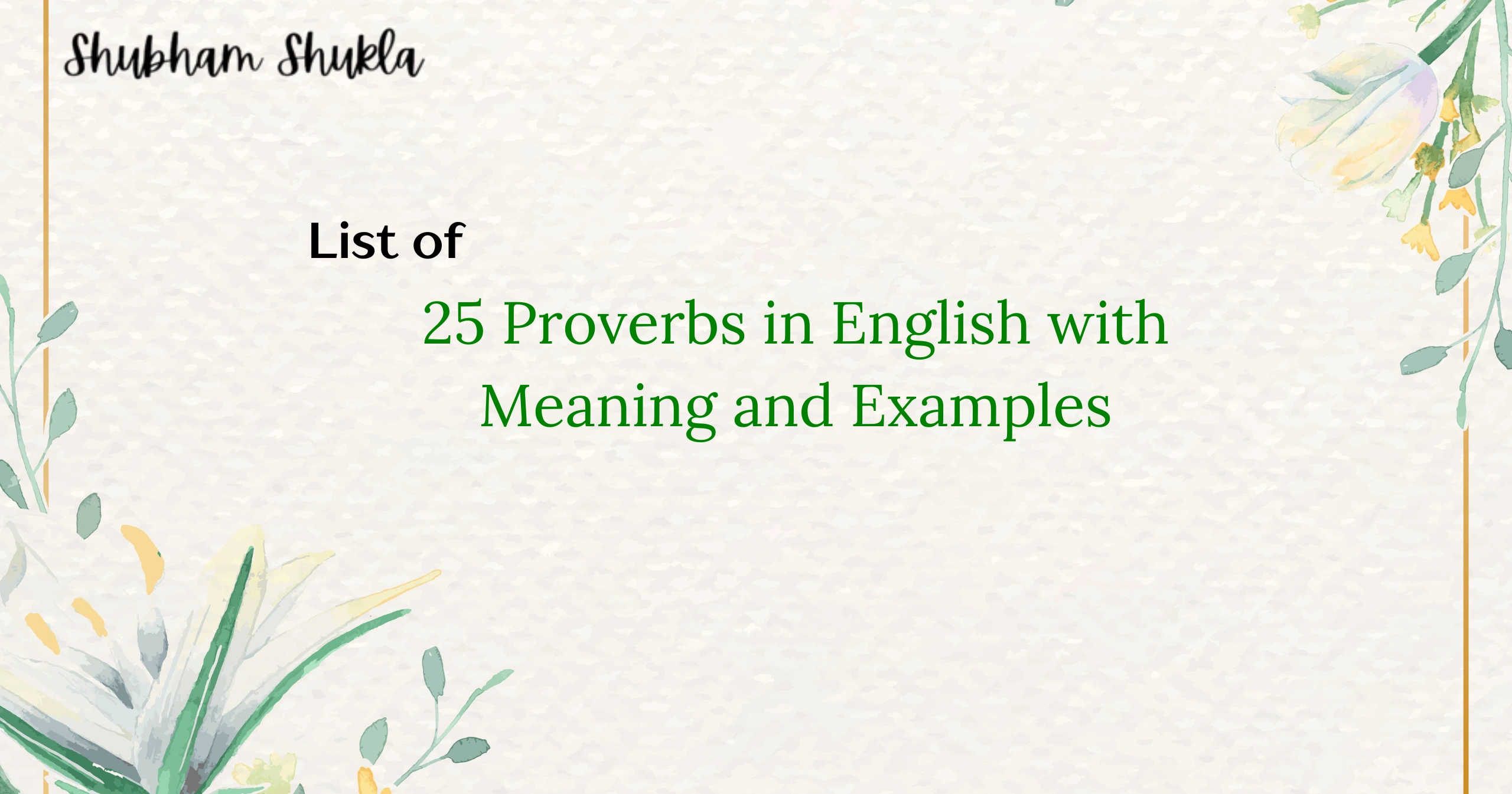Creative writing, as the name suggests, is a genre of writing that goes beyond what is typically considered to be regular, professional, academic, or technical writing.
Rather, it covers a broad spectrum of fiction and nonfiction writing genres and styles, such as journalism, poetry, prose, drama, storytelling, and more.
Creative writing is broadly defined as any kind of writing that is unique and expressive of oneself, despite the definition being a little vague. It is typically identified by a focus on narrative craft, which includes aspects like character development, narrative, and storyline and infuses creativity, imagination, and tale into the structure.
Accordingly, any writing that is original, modern, and unconstrained by rules of convention while utilizing a variety of techniques can be classified as creative writing.
Fiction, poetry, and scriptwriting are the three categories into which creative writing classes in academic settings are typically classified. The emphasis is on writing in an original manner that is undefined by pre-existing frameworks and genres.
Character
When writing creatively, characters are crucial. Even if writing a novel in the second person can be artistically done, the character still needs to be developed in order to carry the plot. The process of discovering a character’s identity and how they evolve throughout your novel is known as character development. Your primary characters should make complete sense to readers from start to finish. Characters can be either dynamic or static, spherical or flat.
In because they are basic, flat characters are two-dimensional. Conversely, round characters are complex entities with a wide range of unique characteristics that occasionally startle the reader. Static characters stay the same throughout the story, whereas dynamic characters change throughout.
Dialogues
In because they are basic, flat characters are two-dimensional. Conversely, round characters are complex entities with a wide range of unique characteristics that occasionally startle the reader. Static characters stay the same throughout the story, whereas dynamic characters change throughout.
Narration
The voiceover helps you grasp what’s going on. Writing the scenes, or fleshing out the world you’re creating, is another vital component of fiction writing.
Knowing what has to be stated is one of the most important writing techniques in this. What are these people wearing, and where are they from? What information does your target audience need? What can be omitted without causing harm? A lot of superfluous information slows down the flow of your work.
You may also read: List of 10 Best Book Libraries in Bangalore for Book Lovers
Conflict
Creating conflict is the cornerstone to effective narrative. The conflict in a story is established by the writer soon after the main character is introduced. Conflict is the catalyst for action and the beginning of a story. Every writer should understand how to create interesting conflict.
Structure
Will you compose an ode or a sonnet, a ballad, a novel, a short tale, or a limerick? And, once you’ve made that decision, how do you deal with the particularities of these forms? Furthermore, how and why did you make that decision? The spacing, paragraph, or verse structure all contribute to the reader’s aesthetic experience. The structure of your text is the font play to display emphasis, distinct elements, or changes in different features.
Setting
The historical period and geographical location of a story’s setting are considered literary elements that contribute to the story’s overall background and atmosphere. For the purpose of including a backdrop outside of the story’s immediate surroundings, setting has also been referred to as narrative universe or milieu. The location, time, historical era, and culture are examples of setting components. Fiction is said to have setting in addition to story, character, topic, and style.
Plot
The main feature that sets creative writing apart from other forms of writing is that it always has a plot—and a very specific one at that. Remakes are considered creative writing, indeed, but most writers who work in this genre create their own storylines from scratch using original ideas. Without a plot, a tale cannot exist.
Theme
In modern literary studies, a theme is a work’s main subject. The most widely used definition of a theme in modern times is an essential concept or idea in a story that is frequently encapsulated in a single word, such as love, death, or betrayal. A narrative may have more than one theme. Themes, which are typically implied rather than explicitly stated, usually look at issues that have been widely discussed historically or that are recognised across cultural boundaries, including moral dilemmas.
You may also like: Synopsis of Huanting Adeline: Why This Dark Romance is Gripping America.
Point of Views
- First Person: In this point of view, the narrator is the main character. This implies that when you read passages that start with “I,” you’ll realise that the main character is telling the tale.
- Second Person: This point of view is more commonly used in instructional writing than in creative writing, like this blog post. When you see the word “you,” you know the storyteller is talking to you directly and is using second person point of view.
- Third Person: This viewpoint exists in multiple guises. There are three possible tenses: third person limited, third person many, and third person omniscient. The first is more typical.
The third-person limited narrator refers to the character you are following as “he/she/they.” The innermost sentiments and ideas of the character are unknown to others. It is comparable to first person, except the story is told by a narrator rather than the character.
Third person multiple is comparable to limited in that the reader is privy to the innermost feelings and thoughts of multiple characters.The last form, third person omniscient, is used when the narrator has total knowledge but nevertheless refers to “he/she/they.” They are fully informed about each individual.
Although discussion can be used into non-creative writing (e.g., interviews), it is not used in the same way as creative writing. Except in silent films, language is necessary in creative writing to support the story.
You may also read: Anecdote: Definition, Types, Uses with Examples



